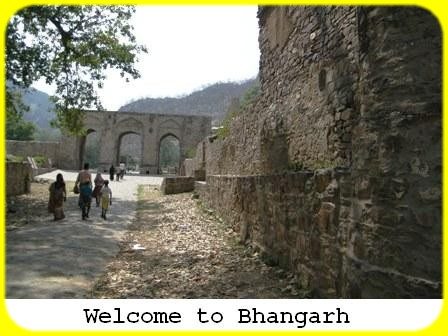
Nainital – The Last Leaf
Sitting in a restaurant on the Mall Road, you feel happy. The early December air is nippy, fresh and clear. There are few tourists this time of the year. Sun rays reflect off the dark green water of the lake creating silvery ripples. Wisps of clouds float in the incredibly blue sky. Such blue skies are seen over Delhi for maybe two days a year. You have chosen to sit in the open sided area. The sun is soothing. You are almost in a trance. It seems life has receded leaving you in a glowing fuzzy ball of warmth. And then you see the tree.
Read More










